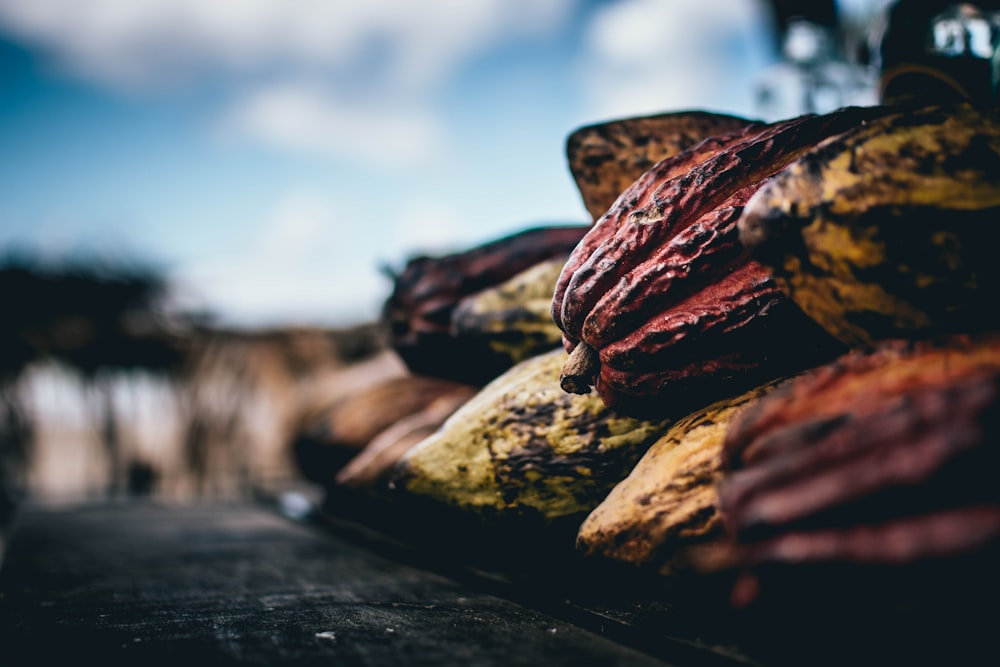
Cocoa, the essential ingredient in chocolate, is also a significant player in the global commodity market. In this article, we will begin by defining cocoa in the trading context and explore the various marketplaces where it changes hands. Next, we’ll delve into the different methods used to trade cocoa, including physical purchases, futures contracts, and options. We’ll also talk about factors that significantly impact world market price of cocoa, and explore how global supply and demand dynamics, along with weather patterns, political climates, and currency fluctuations, all play a role in determining the price of cocoa.
What is Cocoa in TradingIn trading, “Cocoa” refers to the commodity cocoa, which is the primary ingredient in chocolate production. Cocoa is traded on various commodity exchanges around the world, with the most notable being the Intercontinental Exchange (ICE) in London and New York Mercantile Exchange (NYMEX) in the United States. Like other commodities, cocoa prices are influenced by supply and demand dynamics, weather conditions affecting cocoa-producing regions, political instability, changes in currency values, and other factors. Traders can buy and sell cocoa futures contracts, which represent agreements to buy or sell cocoa at a specified price on a future date. Cocoa futures are often used by chocolate manufacturers, commodity traders, and investors to hedge against price fluctuations or to speculate on future price movements. Cocoa CFD trading can be volatile, and participants in the market need to closely monitor factors that could impact cocoa supply and demand.
What is Cocoa market?The cocoa market is a global marketplace where cocoa beans and cocoa products are bought and sold, making it a key player in the world of commodity trading. Cocoa is a vital commodity in the food industry, primarily used in the production of chocolate, but also in other food products, cosmetics, and pharmaceuticals. Learn more about current cocoa market news.
The cocoa market operates through various channels:Physical Markets: These involve the physical buying and selling of cocoa beans. Cocoa-producing countries such as Ivory Coast, Ghana, Indonesia, Nigeria, and others are major players in the physical cocoa market. Traders, exporters, importers, processors, and manufacturers participate in these markets to secure cocoa beans for further processing or to fulfill contractual obligations.Futures and Derivatives Markets: Cocoa futures markets, such as those on the Intercontinental Exchange (ICE) and New York Mercantile Exchange (NYMEX), allow participants to trade standardized contracts for the future delivery of cocoa at a predetermined price. These markets provide hedging opportunities for participants to manage price risks associated with cocoa.Options Markets: Cocoa options markets allow participants to buy or sell options contracts, giving them the right, but not the obligation, to buy or sell cocoa futures at a specified price within a certain timeframe. Options can be used for hedging or speculative purposes.Spot Markets: Spot markets involve the immediate purchase or sale of cocoa beans at the prevailing market price for immediate delivery. Spot markets provide flexibility for buyers and sellers who require immediate access to cocoa beans. The cocoa market is complex and influenced by various factors and we are going to explore those in a second.
What affects on Cocoa pricesThe cocoa market is influenced by a complex interplay of several factors on both the supply and demand side. Here’s a breakdown of some key influences:Supply Side
Demand Side
Bottom LineIn this article we’ve learned about cocoa in the world of trade. We learned that cocoa is an important commodity traded on world exchanges such as ICE and NYMEX. Also examined the various markets in which cocoa is traded, from physical purchases directly from producing countries to complex futures contracts and options on major exchanges. Identified factors influencing cocoa prices. Supply and demand dynamics play an important role: factors such as global weather conditions, political unrest in producing regions, and even currency fluctuations affect the price of this versatile commodity.Overall, understanding the cocoa market not only helps us assess the true value of chocolate, but also helps us trade with more confidence.More By This Author:Copper Price Forecast In Canada In 2024
Barrick Gold Stock: Forecast, Share Price, And Analysis
Amazon Stock Price: Growth Opportunities In 2024 And Beyond














Leave A Comment